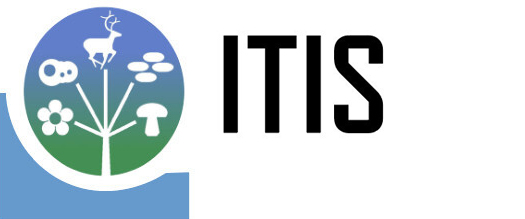
Integrated Taxonomic Information System - About
The ITIS program is driven by a mission: communicate a comprehensive taxonomy of global species that enables biodiversity information to be discovered, indexed, and connected across all human endeavors.
To achieve our mission we partner with specialists from around the world to assemble scientific names and their taxonomic relationships, and distribute that data through publicly available software. The result we seek is a complete, current, literature-referenced, and expert validated digital taxonomy that is open so it can be delivered and integrated into biological data management systems across the world. This will
- increase the utility of the amassed and growing biological data
- support the understanding of life from the smallest unit to the largest unit - genes to ecosystems
- encourage broad sharing, reuse, and openness of government and non-government data
- fully leverage the US Federal Government's biological data for the public good
This theory of change will bear out because the scientific name, used to label and classify biodiversity, is one of the most universally-adopted standards in all of science (Welter-Schultes, 2013). Scientific names have been in use for centuries. They, therefore, hold the key to unlocking the full potential of biodiversity data to confront pressing environmental and social challenges.
ITIS data is available for download in several formats, and the entire database is available for download and use under CC0 public domain. ITIS is a contributor to the Catalogue of Life (COL) and partners with the Global Biodiversity Information Facility (GBIF). This means the network of ITIS data contributors help form the taxonomic backbone used by the entire bioinformatic community.
Our desired impact is to let the US Government and the entire scientific community efficiently and effectively conduct their scientific endeavors, exploration, and research activities with the help of highly connected biodiversity data. That connected data is supported by an infrastructure of species names and their classification that can digitally integrate biological knowledge scattered across literature, specimen collections, databases, and stores of DNA sequences.
That is why ITIS was formed almost thirty years ago.
"We knew that many Federal and State agencies were involved in researching and managing living organisms. However, there was no single taxonomic system at the time to ensure that their data and information was interchangeable. So, as an initiative in 'good government', several Federal natural resource agencies decided to develop a standard taxonomic system that could be used across the federal government and shared with the public and private sectors. We considered ITIS the 'Rosetta Stone' for biological taxonomy!"
- Dr. Michael Ruggiero, the first Director of ITIS
